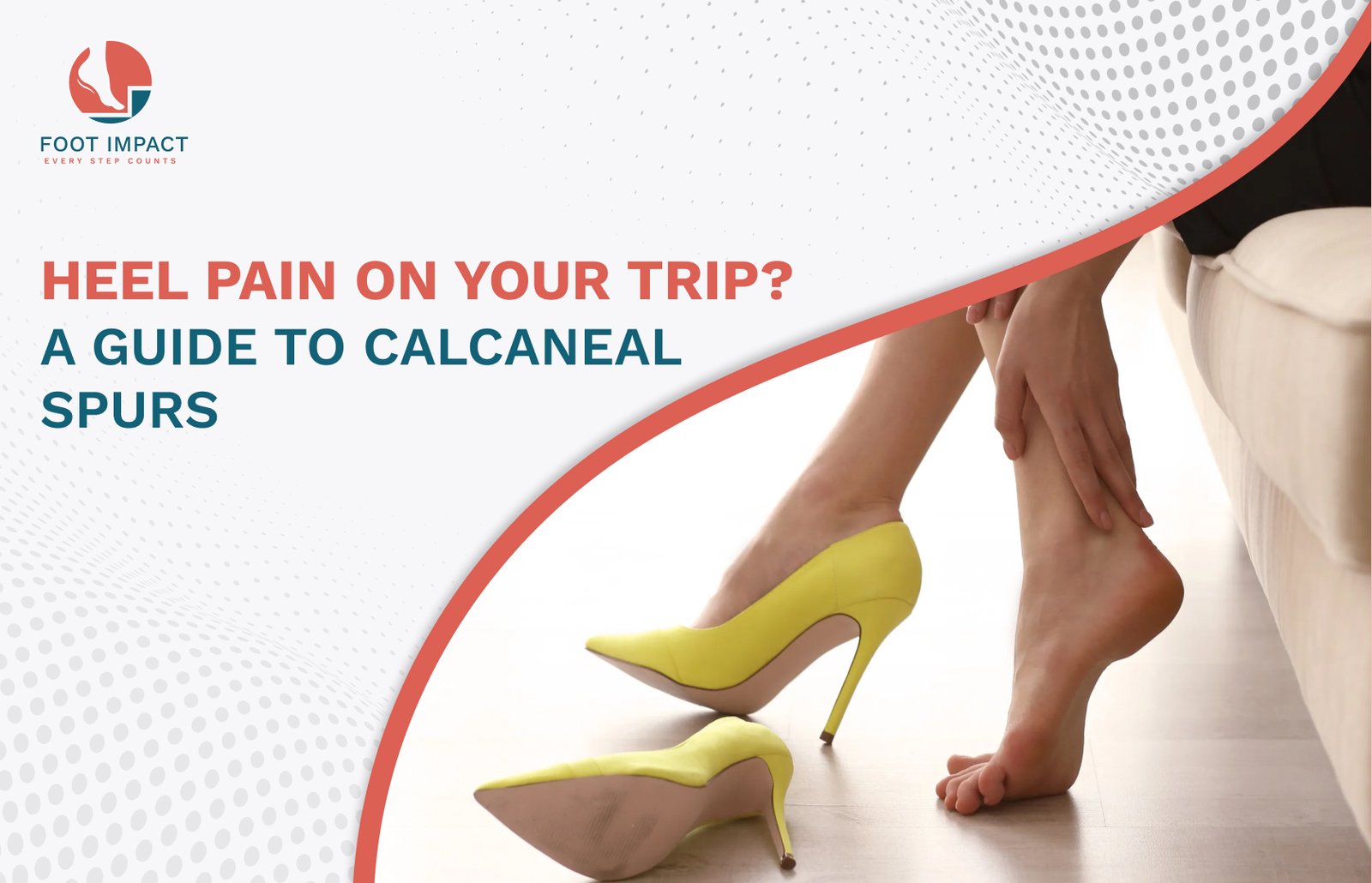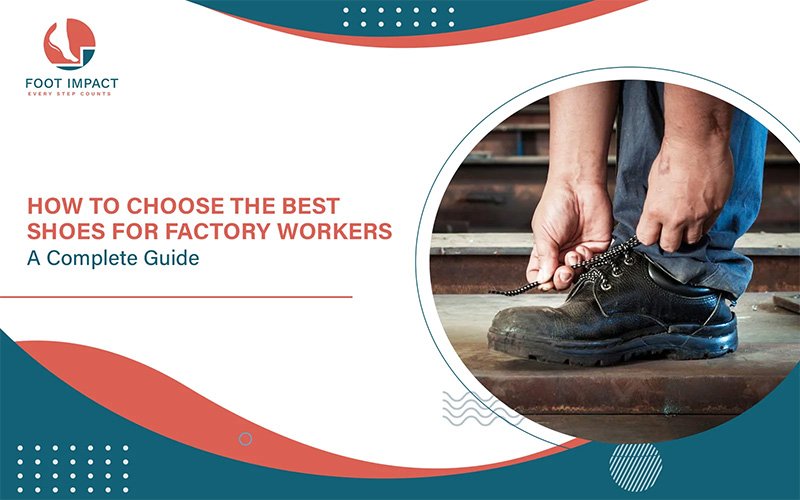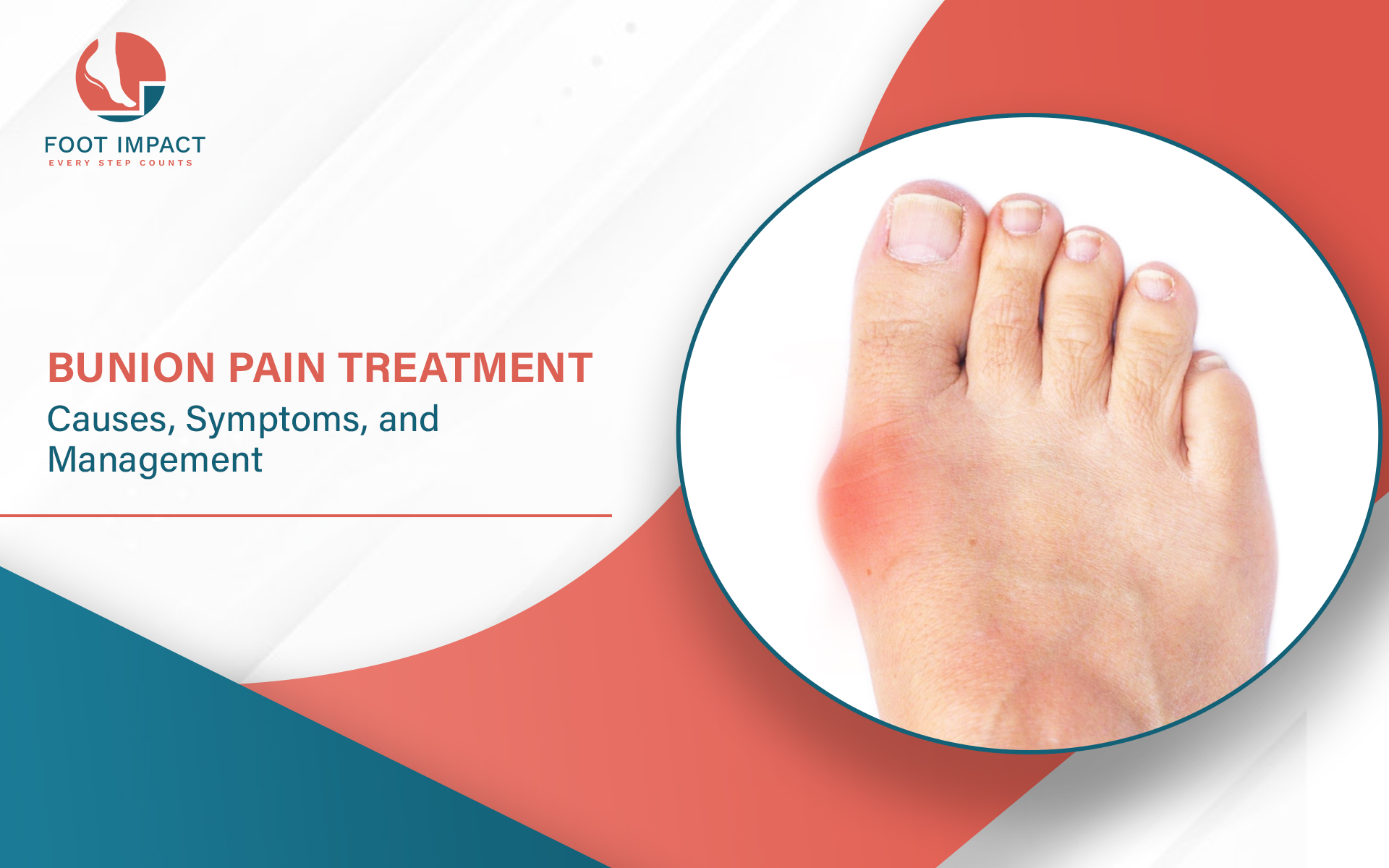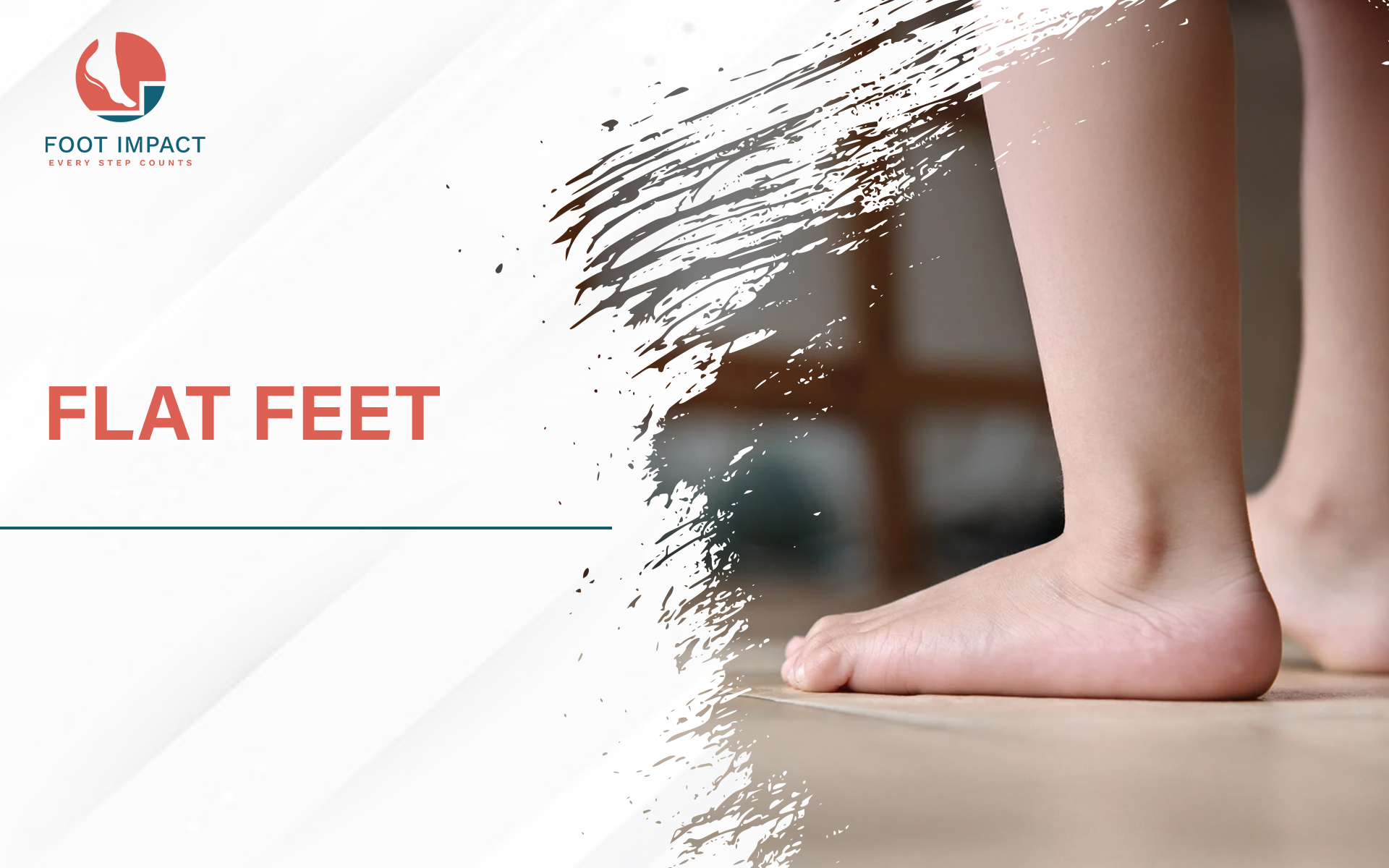Don't Let Heel Pain Derail Your Dream Vacation: A Tourist's Guide to Understanding and Managing a Calcaneal Spur
The thrill of travel is unparalleled. The joy of exploring new cities, hiking breathtaking trails, and immersing yourself in different cultures is what wanderlust-filled dreams are made of. But what happens when an unwelcome travel companion decides to tag along – a sharp, stabbing pain in your heel that greets you with every step? Before you let this debilitating pain cast a dark cloud over your adventure, let's talk about a common culprit: the calcaneal spur.
For tourists, who are often on their feet more than usual, understanding this condition is the first step towards a pain-free and memorable trip. This comprehensive guide is designed for the modern traveler, providing you with the knowledge to identify, manage, and even prevent a calcaneal spur, ensuring your feet are as ready for adventure as you are.
What Exactly is a Calcaneal Spur?
Imagine a tiny, bony protrusion growing on your heel bone (the calcaneus). That, in essence, is a calcaneal spur. It's a calcium deposit that forms over time due to persistent strain on the muscles and ligaments of your foot. While the spur itself isn't always the direct cause of pain, it's often associated with the inflammation of the plantar fascia, a thick band of tissue that runs across the bottom of your foot, connecting your heel bone to your toes. This inflammation is a condition known as plantar fasciitis, and together with a calcaneal spur, it can create a perfect storm of discomfort.
For a tourist, this can be more than just a minor inconvenience. It can mean cutting short a walking tour of a historic city, missing out on a scenic hike, or simply being unable to enjoy the simple pleasure of a leisurely stroll.
Why Are Tourists Prone to Developing a Calcaneal Spur?
While a calcaneal spur can affect anyone, tourists are a particularly vulnerable group. The very nature of travel often puts our feet under unprecedented stress. Here's why you might be at a higher risk while on vacation:
Sudden Increase in Activity: You've likely gone from a relatively sedentary desk job to walking and standing for hours on end. This sudden and dramatic increase in physical activity can overwhelm the structures of your feet.
Inadequate Footwear: Those flimsy flip-flops or stylish but unsupportive shoes might be easy to pack, but they offer little to no arch support or cushioning. Walking on hard, unfamiliar surfaces in such footwear is a recipe for foot problems.
Carrying Extra Weight: Lugging around a heavy backpack or suitcase all day adds extra strain to your feet with every step you take.
Ignoring Early Warning Signs: It's easy to dismiss a little heel pain as "travel fatigue." However, ignoring the initial signs of foot strain can allow the problem to escalate.
Recognizing the Symptoms: Is a Calcaneal Spur the Cause of Your Heel Pain?
The most common symptom of a calcaneal spur and associated plantar fasciitis is a sharp, stabbing pain in the bottom of your heel. This pain is often most intense with your first few steps in the morning or after a long period of rest. You might also experience:
A dull ache in your heel throughout the day.
Pain that worsens after (not during) exercise or activity.
Mild swelling or inflammation at the bottom of your heel.
If these symptoms sound familiar, it's time to take action. Don't let your vacation be defined by foot pain.
Don't Let a Calcaneal Spur Dictate Your Itinerary: Immediate Relief for Traveling Feet
The good news is that you don't have to let a calcaneal spur bring your travels to a screeching halt. Here are some immediate steps you can take to manage the pain and stay on your feet:
1. Rest and Elevation: This might seem obvious, but it's the most crucial first step. Whenever you can, take a break from walking and elevate your feet. This helps to reduce swelling and inflammation.
2. Ice Therapy: The anti-inflammatory power of cold therapy can work wonders. Freeze a water bottle and roll it under your foot for 15-20 minutes a few times a day. This not only helps with pain and swelling but also provides a gentle massage to the plantar fascia.
3. The Right Footwear is Non-Negotiable: Ditch the unsupportive shoes. If you didn't pack a good pair of walking shoes with adequate arch support and cushioning, it's worth investing in a pair at your destination. Look for shoes with a firm heel counter and a slightly elevated heel.
4. Over-the-Counter Pain Relief: Nonsteroidal anti-inflammatory drugs (NSAIDs) like ibuprofen can help to reduce pain and inflammation. Be sure to follow the package directions and consult with a pharmacist or doctor if you have any underlying health conditions.
5. Stretching is Your Best Friend: Gentle stretching exercises can provide significant relief by loosening the tight muscles and ligaments in your feet and calves. Here are a few simple stretches you can do in your hotel room:
Towel Stretch: Sit on the floor with your legs straight out in front of you. Loop a towel around the ball of your foot and gently pull it towards you, holding the stretch for 30 seconds. Repeat 3-5 times on each foot.
Calf Stretch: Face a wall and place your hands on it for support. Step one foot back, keeping your leg straight and your heel on the floor. Lean forward to stretch your calf. Hold for 30 seconds and repeat on the other side.
Preventing the Pain: Proactive Foot Care for the Savvy Traveler
The best way to deal with a calcaneal spur is to prevent it from happening in the first place. Here are some proactive tips to keep in mind for your future travels:
Choose Your Shoes Wisely: This cannot be overstated. Invest in high-quality, supportive walking shoes and break them in before your trip.
Pack Smart, Pack Light: The less weight you carry, the less strain on your feet.
Incorporate Stretching into Your Daily Routine: A few minutes of stretching in the morning and evening can make a world of difference.
Listen to Your Body: Don't push through the pain. If your feet are tired, rest them.
Consider Orthotic Inserts: Custom-made orthotics can provide extra arch support and cushioning. (Not over the counter orthotics)
When to Seek Professional Help While Traveling
If your heel pain is severe, persistent, or accompanied by numbness or tingling, it's important to seek medical attention. A local doctor or podiatrist can provide a proper diagnosis and recommend more advanced treatment options if necessary.
Don't let the fear of a calcaneal spur hold you back from your travel dreams. By being proactive about your foot health and knowing how to manage pain on the go, you can ensure that your feet will carry you through every incredible experience your journey has to offer. Happy and pain-free travels!



